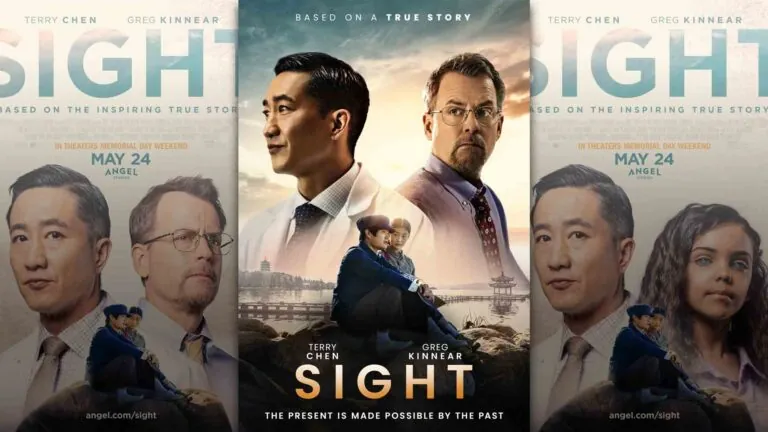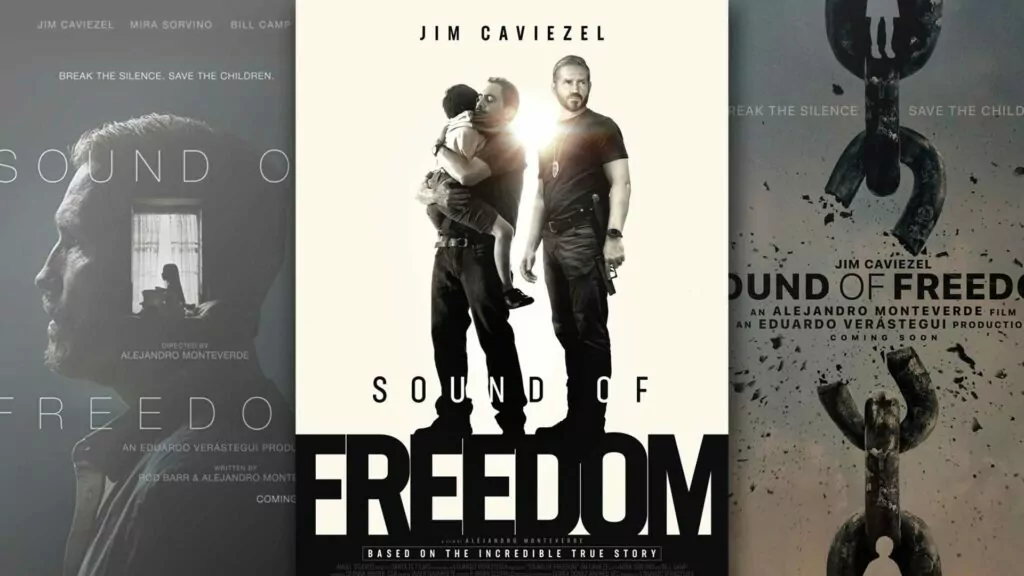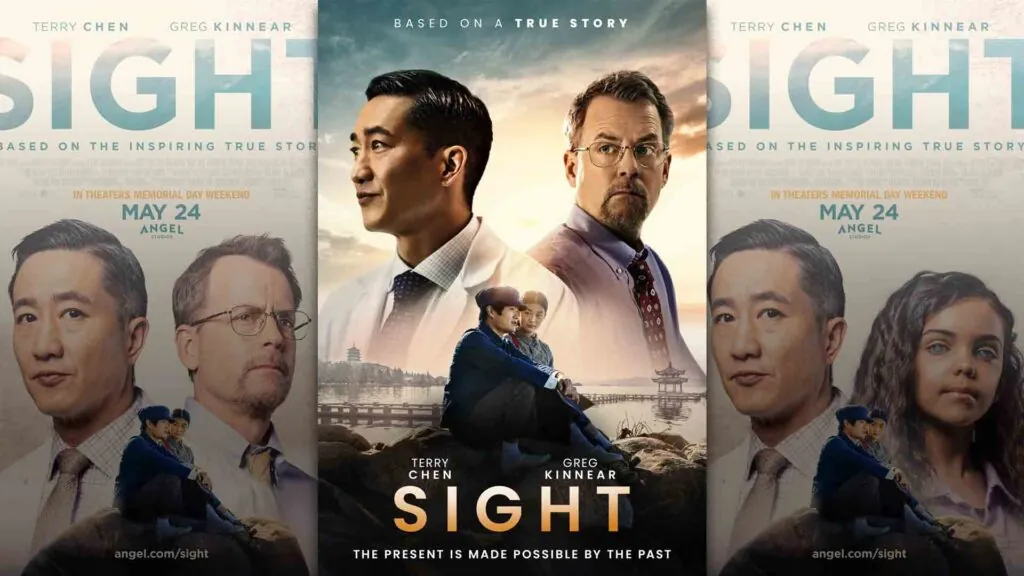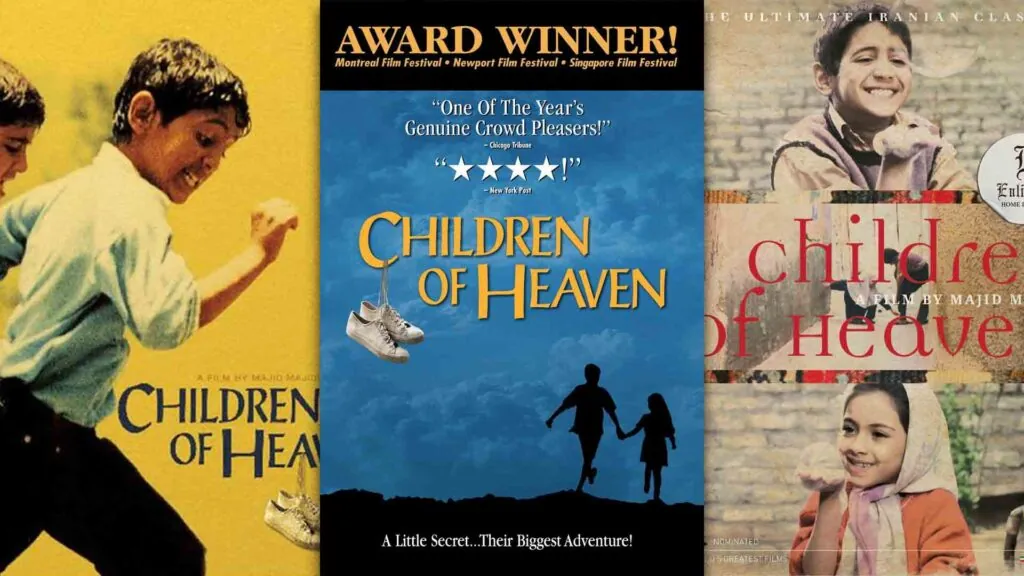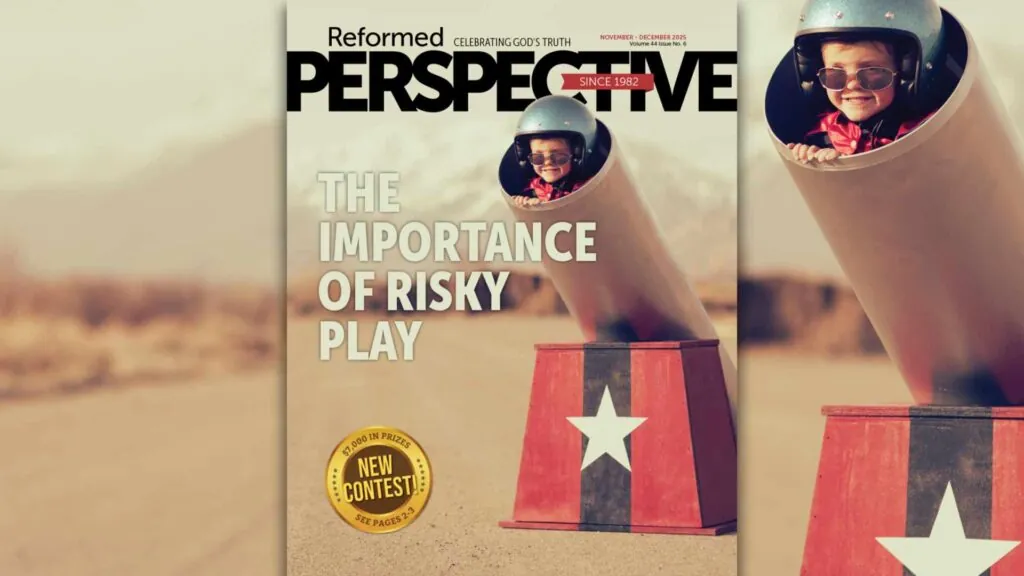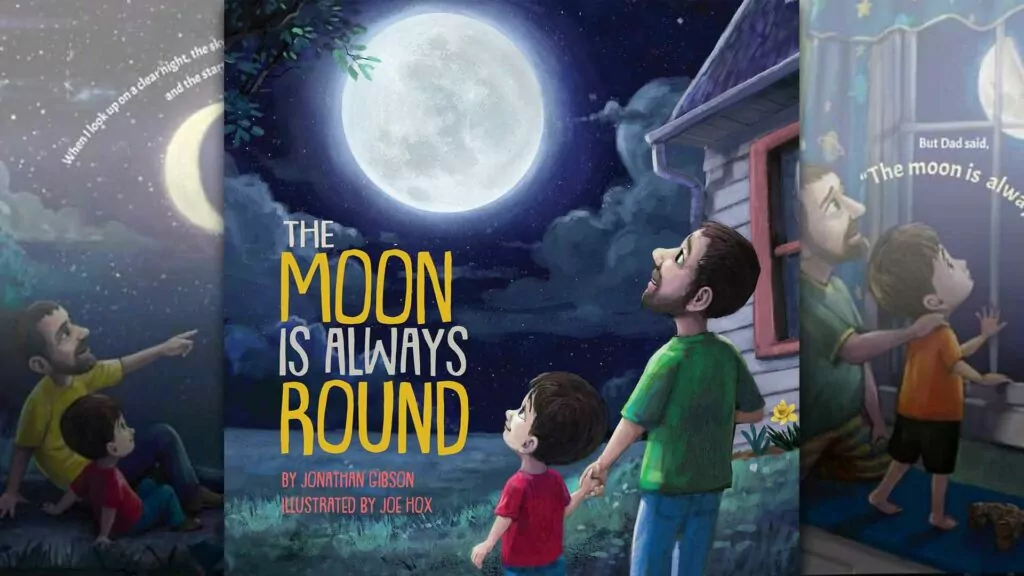Drama
2024 / 103 minutes
RATING: 8/10
Sight is the remarkable true story of driven doctor Ming Wang, who has used his exceptional talents to restore eyesight to tens of thousands. But in the darkest corners of our world are those willing to steal even sight – in India a street beggar will make more money if they are legitimately blind. That’s what we learn in the opening scene. Yes, this is a wonderful movie, but it sure doesn’t start that way. In the opening two-and-a-half minutes, we see a woman buying acid, and then pouring it into the eyes of a little girl under her care.
The first time I watched Sight, it was with my family because this was featured on the “safe” streaming site Angel.com. So this scene came as a shock, and we stopped right there. Who wants to watch a movie like that?
But after reading a few more positive reviews I watched the rest on my own and was glad I gave it a second chance. If the first couple of minutes almost have the look of an R-rated film, the rest is just PG, and, unintentional pun and all, it really is a must-see.
What makes it a great story is not only Ming’s struggle to save people’s vision, but his struggle to become a doctor while growing up in Communist China, right when tens of millions were starving and being killed.
I didn’t quite understand all that was going on in the flashback scenes – I think the producers were assuming viewers would know Chinese history a bit better than I did – and I did some research afterwards. Ming grew up in the shadow of Chairman Mao’s “Great Leap Forward” (1958-1962) which was supposed to turn the country into an industrialized giant but which instead led to mass starvation and the deaths of between 15 million and 55 million citizens. Ming’s teen years were during Mao’s “Cultural Revolution” (1966-1976) when indoctrinated young men and women were set loose against their elders. They attacked whatever remnants of the pre-communist culture still remained – businessmen, professors, scientists, pastors and priests were targeted, 1-2 million more people were killed, and many millions more were exiled into the countryside. With teachers viewed with suspicion, schools were closed, right as a young Ming was about to head into high school. And, at least where he lived, the schools stayed closed for the next three years.
So how did a kid growing up in a communist country, without access to an education, become the most acclaimed eye doctor in the world? You’ll have to watch Sight to find out!
Caution
While we don’t quite see the acid being poured into the girl’s eyes – the camera pans up to just the step-mother as she pours the liquid – we do hear the brutal screams. If you’re watching this with your family, just tell your kids how it begins, and then skip right over this scene and start at the 2:25 mark. There are also a couple of brief 10-second flashbacks to this opening scene, but because each of them are so clipped, they are far less horrifying.
Other violent scenes are briefer. We see Ming’s elderly wheelchair-bound neighbor getting kicked on the ground by communist goons, and later we learn the man died. Later we see Ming’s mother showing evidence she has been beaten (though we don’t see the beating happen).
In a weird but pivotal scene, a teen Ming is hiding from a mob in a hospital laboratory closet, and notices a fetal baby in a jar. It’s only a few seconds, but referenced repeatedly because it sparks an idea for how Ming can restore the girl’s sight.
Language concerns would be limited to one “my gosh.”
Conclusion
There are some very good performances here, and while some reviewers critiqued this for having a predictable plot, I’d argue there is a surprise or two. The inevitable triumph is predictable, yes, but no more so than in any sports movie, and we still love seeing the champion pull it out in the end. So, I really liked Sight.
I don’t know if it is quite accurate to call this a Christian film, since Ming wasn’t yet a Christian in the time period portrayed. But when the movie concludes, we meet the real Dr. Ming, and hear him profess his love for the Lord, and then you can look back and remember a few nods and hints in the film that are, I think, the filmmaker showing how God was making His presence felt in Ming’s life even long before Ming realized. It might be worth a mention that the only characters speaking about God during the running time are a Roman Catholic sister and the young blind girl she brought to see Dr. Ming. But Ming himself, as I understand it, is actually Protestant.
So who would enjoy this? I think most any adults would, if you fast-forward through the first 2.5 minutes.
Sight is available on the Angel.com streaming service. There is a lot of other good content on this site, much of it Christian, but it is owned and operated by Mormons so if you sign up for a month, understand that not everything that presents itself as Christian on that site is actually Christian, since Mormons call themselves Christian.







